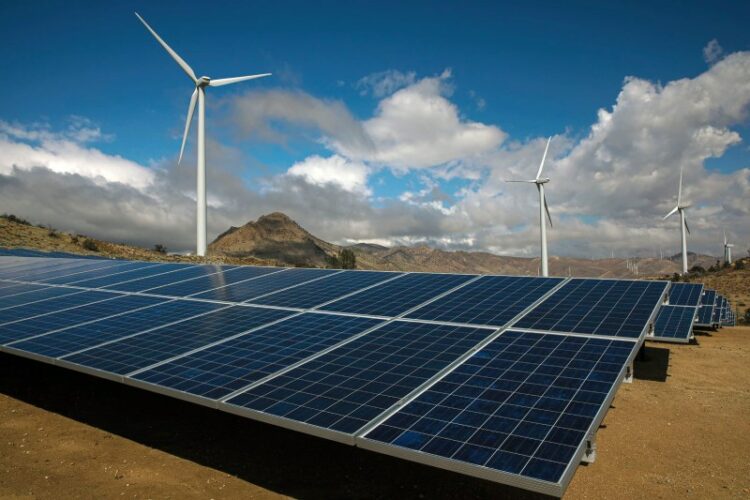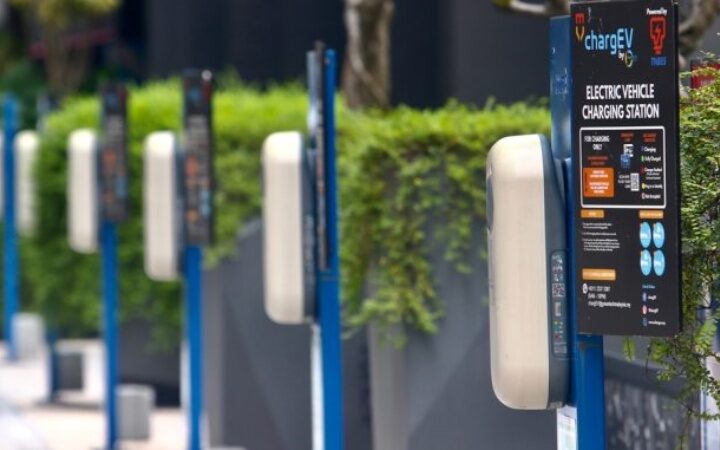In 2023, the amount of electricity and greenhouse gas emissions from fossil fuel-fired power stations reached their high, according to the energy research tank Ember’s annual global electricity analysis. According to Ember, this indicates that human civilization has probably reached a critical turning point and that nations will probably never again produce as much electricity from fossil fuels.
Last year, a record 30 percent of the world’s electricity came from renewable sources, mostly from the expansion of solar and wind power. Pollution from the power industry is expected to start decreasing this year, with a projected 2 percent decrease in fossil fuel-powered electricity by 2024. Long-term, Ember expects this pattern to continue to grow.
“A major milestone in the history of energy”
It is now inevitable that emissions from the power industry will drop. The pivot point, or significant turning point in the history of energy, was probably around 2023, according to a statement sent by Dave Jones, director of insights at Ember. However, the rate will depend on how quickly the renewable energy revolution spreads.
If not for the US, which is currently the world’s largest gas producer, utilizing record amounts of gas last year, the change could have occurred considerably more quickly. Global gas-based electricity generation would have dropped in 2023 if the US hadn’t existed, according to Ember. With the exception of the US, the world’s economies produced 62 terawatt hours less electricity last year than the year before using gas. However, in the same period, the US increased its gas-based power generation by nearly double that amount, generating an extra 115TWh in gas in 2023.
The US is replacing most of its outdated coal-fired power facilities—the worst fossil fuel—with gas-fired plants instead of carbon-pollution-free alternatives, which is a key contributing factor to the problem. According to Jones, “the US is switching from one fossil fuel to another.” “The United States faces a significant journey towards a genuinely clean power system, following two decades of building such a heavy reliance on gas power.”
According to Ember, the US only receives 23% of its electricity from renewable sources, which is less than the 30% global average.
President Joe Biden signed the Inflation Reduction Act into law, establishing the largest investment in clean energy and climate change in the country to date, and he established a target of having 100 percent carbon-pollution-free electricity by 2035. However, the Supreme Court’s 2022 decision that the Environmental Protection Agency shouldn’t have the power to dictate how the US produces electricity places restrictions on the administration’s ability to impose mandatory changes to cleaner energy sources. Since then, obtaining energy businesses to collect carbon dioxide emissions from burning fossil fuels has been a key component of the EPA’s long-awaited regulations for greenhouse gas emissions from power plants.
Fortunately, the cost of renewable energy has dropped drastically, with solar power now being the most cost-effective electricity source in history and the fastest-growing energy source for 19 years running.
“Technologies from the previous century are no longer able to keep up with the exponential advancements and falling cost curves in renewable energy and storage,” stated Christiana Figueres, the former executive secretary of the UNFCCC, in an email.
The International Energy Agency (IEA), which declared in October that the switch to clean energy was “unstoppable,” made predictions that are much in line with Ember’s research. The demand for coal, gas, and oil worldwide is expected to peak this decade, according to the IEA (for all energy use, not just electricity). Additionally, it predicted that by 2030, about half of the world’s electricity would come from renewable sources.
Following the December United Nations climate summit, when over 130 nations committed to increase their renewable energy capacity by 2030, Ember is feeling a little more upbeat. With such advancements, the percentage of renewable electricity generated globally would rise from less than 20% in 2000 to 60% by the end of the decade.
- Compared to Lamborghinis or McLarens, the Corvette ZR1 hits 60mph faster - December 21, 2024
- A fierce AI war has erupted between Google and OpenAI - December 21, 2024
- The Hindi version of Salaar: Ceasefire, starring Prabhas, also made a big impression on digital platform after Box Office - December 19, 2024









